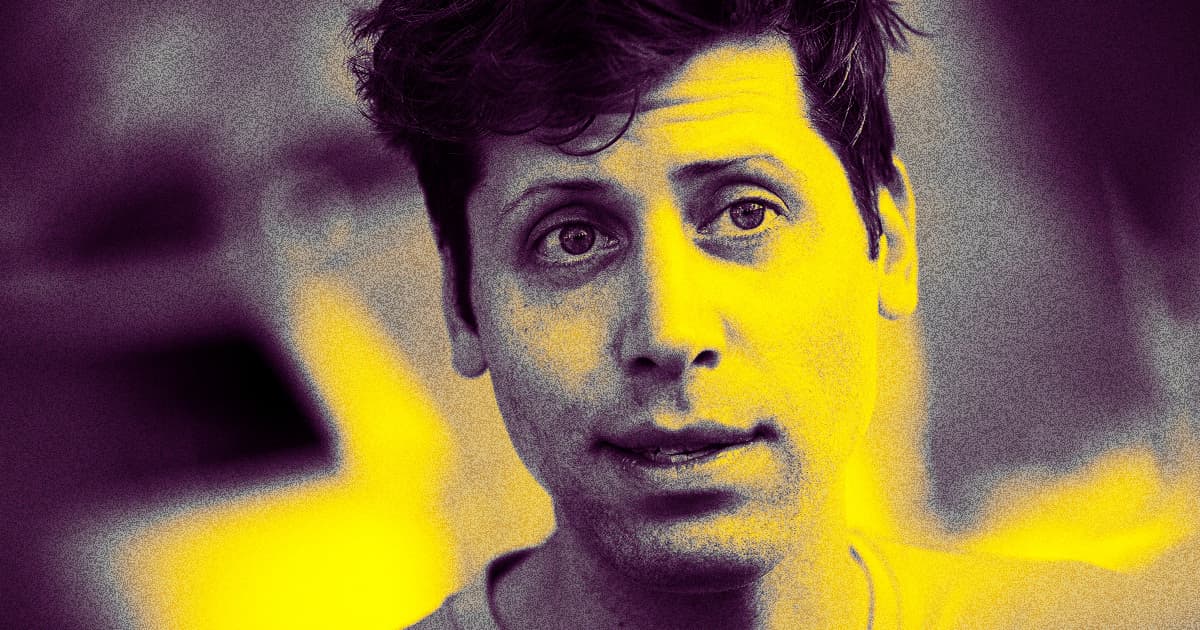
“The tech wunderkind explained to the assembled partygoers that he’s freaked by the concept of the world ending and wants to prepare to survive it. The two scenarios he gave as examples, and we promise we’re not making this up, were a « super contagious » lab-modified virus « being released » onto the world population and « AI that attacks us. » « I try not to think about it too much, » the OpenAI CEO told the reportedly uncomfortable startup founders surrounding him at that forgotten Silicon Valley gathering. « But I have guns, gold, potassium iodide, antibiotics, batteries, water, gas masks from the Israeli Defense Force, and a big patch of land in Big Sur I can fly to. » So yeah, that’s the guy who is in charge of the company that was initially founded with the philanthropic goal of promoting responsible AI, and which subsequently decided to go for-profit and is now making money hand over fist on its super-sophisticated neural networks that many fear will take their jobs. Do with that information what you will.”
Source : OpenAI’s CEO Once Bragged About His Hoard of Guns and Gas Masks







